I, Barnabé
Jean-François Lévesque
2020
| 15 min
Stop-motion animation, puppets, and traditional 2D animation
Selections and Awards
Craft Award for Best TechniqueOttawa International Animation Festival, Ottawa, Canada (2020)
Silver Spike for Best Short FilmValladolid International Film Festival, Valladolid, Spain (2020)
Winner - CG Animation Competition Best Short AwardShort Shorts Film Festival & Asia, Japan (2021)
Official SelectionAnnecy International Animation Film Festival, Annecy, France (2020)
Official SelectionSeoul International Cartoon and Animation Festival (SICAF), Seoul, South Korea (2020)
Official SelectionSommets du cinéma d'animation, Montreal, Canada (2020)
Official CompetitionTokyo Anime Award Festival, Tokyo, Japan (2021)
Nominee - Best Animated Short Canadian Screen Awards (2021)
Official SelectionRendez-vous Québec Cinéma (2021)
Official SelectionPalm Springs International ShortFest, California (2021)
Official SelectionSanta Barbara International Film Festival, California (2021)
More Selections and Awards
Barnabé can’t take it anymore! Tormented by doubt and feelings of inner emptiness, he questions the fundamentals of his existence; drunk with misery, he defies the skies above. After lightning strikes the spire of his church, he’s visited by a mysterious bird whose intervention parallels that of the three ghosts who haunt Scrooge in Dickens’ famous tale. The unfortunate man has no choice but to reconsider his life. What is his truth pointing him towards? What is the deeper meaning of his presence on earth? Which is more important, the journey or the destination? Perhaps, if he’s ever to move confidently toward yet unknown horizons, he’ll have to be as light as a feather…
Jean-François Lévesque’s second film (his first was The Necktie), I, Barnabé observes a man’s existential crisis in a way that is at once profound and luminous. Seeking at first to drown his anguish in alcohol, Barnabé has a metaphysical experience that helps him to find his place in the universe at last. The filmmaker deploys a stunning arsenal of technical effects to tell the story of Barnabé’s introspection, bringing both the character and his ghost to life in dynamic fashion, and achieving an extraordinary level of visual refinement in both the puppets and the settings. Between dream and reality, consciousness and delirium, life and death, the film offers a vivid picture of one man’s spiritual quest. With its brilliant special effects and an ending full of hope, I, Barnabé is a dramatic tale of illumination.
A National Film Board of Canada production, with the participation of ARTE France.
Confronted with doubt and feelings of emptiness, drunk with unhappiness and seeking to drown his sorrow, Barnabé experiences a curious metaphysical visitation; lightning strikes the spire of his church and a mysterious bird appears, forcing him to reconsider his life. What is his truth pointing him towards? What is the deeper meaning of his life on earth? In I, Barnabé, director Jean-François Lévesque deploys a spectacular arsenal of animation techniques to bring the character to life and illustrate his spiritual quest, achieving an extraordinary level of visual refinement in both the puppets and the settings. Perhaps Barnabé will have to be as light as a feather in order to move confidently toward still-unknown horizons …
ONE-LINER & TWO-LINER
Two-liner
I, Barnabé takes a luminous look at a desperate man’s existential crisis. During a night of stormy drunkenness, he receives a visit from a mysterious bird and is forced to reconsider his life.
One-liner
During a night of stormy drunkenness, a man receives a visit from a mysterious bird and is forced to reconsider his life.
DESCRIPTION OF ANIMATION TECHNIQUE
Animation
In I, Barnabé, Jean-François Lévesque employs a full panoply of animation techniques. Firstly, the characters are puppets with mechanical heads built-in, animated in stop-motion, one image at a time. This method gives the animator access to a multitude of facial expressions, allowing him to portray the personality of each individual puppet with great subtlety and nuance.
Other segments of the film were animated using a variety of other techniques: the movement of the stained glass windows is a digital simulation of cut-out animation, the sequence showing Barnabé in the sky uses traditional hand-drawn images, and Barnabé’s transcendent experience was created with coloured liquids filmed in extreme slow motion.
Lighting
In the stop-motion sections, the director made use of a lighting technique directly inspired by the multipass final renderings created in the world of computer-generated 3D animation.
In concrete terms, the final images in I, Barnabé were generated by individually exposed lighting passes (from five to 12 passes per shot). One after another, with each repositioning of the puppet, different lights illuminated the scene. The layers of images captured in this way were then assembled (superposed) in post-production, in a process that allows the lighting of each scene to be adjusted independently of the animation.
In addition, the special lights used in the film were constructed entirely by the production team, and scaled specifically to the size of the puppets.
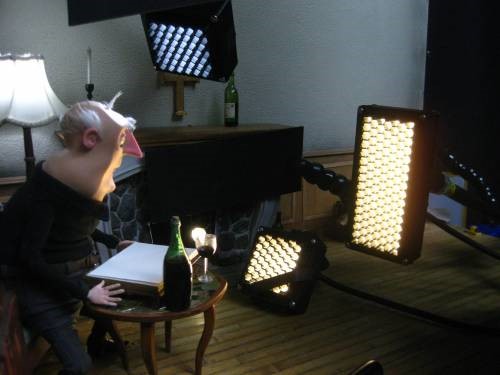
Light sources as installed during filming
INTERVIEW WITH DIRECTOR JEAN-FRANÇOIS LÉVESQUE
What was the original inspiration for this film?
I wanted to revisit the beliefs and spiritual values that I inherited as part of my early upbringing. I was born into a Catholic family, and at a certain point I just shut myself off and turned my back on all that, as many adolescents do.
That’s the origin of the subject of your film. But what was the spark that ignited your interest and made you want to look back at that part of your life?
I didn’t realize it at the time, but I later saw that certain ideas in The Necktie were connected to my relationship with my mother: her optimistic view of the world, her hopes for the success of her children, her belief that with the right education we would go far, have a good life, be happy. In a way, the film deconstructed that myth.
That realization set me thinking about what ideas I might have inherited from my father, a line of inquiry that led me to faith. As an agnostic, I wanted to understand what drives people toward faith, and I became interested in near-death experiences from the perspective of the existence or non-existence of the soul. Amid all this searching, an image came to me: a priest in the grip of a full-blown spiritual crisis. I also wanted to undercut the patriarchal vision of the Catholic religion by enriching the film with elements drawn from other kinds of spirituality, such as the relationship with Mother Earth, a spirituality that Barnabé reconnects with at the end of the film.
In structure the film is very close to A Christmas Carol, by Charles Dickens. Was that an intentional reference?
Absolutely. The inspiration is obvious, even though the context is entirely different. Every Christmas when I was a child, the whole family watched the animated version of A Christmas Carol created by Richard Williams. It was our holiday classic, a tradition established by my father, precisely for its connection with our religious life.
Would you describe I, Barnabé as a film about alcoholism?
No. It’s not a film about alcoholism. Some viewers may think it is because I put so much emphasis on that aspect of the story. Barnabé uses alcohol to silence his ego and numb his doubts. As a result, alcohol transforms him. Because in a way alcohol is itself an alchemical substance, the result of a transformation. There is a close connection between alcohol and the idea of the spirit. Which explains why it has a place in so many rituals, especially Catholic rituals. In the film, it’s the agent of Barnabé’s transformation. When the rooster takes up all the space, when Barnabé’s ego is threatened, alcohol is also his weapon. It’s a mode of escape, of flight.
What is the film’s essential statement in that context?
When I began the project, I told people I was making a film about ego. Now, in hindsight, I would say it’s more about the importance of integrating the shadowed, dark parts of ourselves. A person who has no awareness of those dark places, who refuses to see them, who does not take responsibility for them, is a person who endangers others. Barnabé has to accept his doubts.
I, Barnabé is an exceptionally well-made film. You paid attention to every detail. You seem to be aiming for a level of technical perfection that’s rarely achieved in a short film.
I think in the future I’ll maybe have to let go of that side of things a little. By inclination and instinct, I’m drawn to the virtuosity that went into the making of the great Disney classics. I always fantasized about animation so perfect that you completely forget it’s animation and end up thinking of the characters as really alive. I believed that the closer you can get to that kind of perfection, the greater the emotion you can achieve. I realize now that it isn’t that simple. That the link between emotion and control isn’t that direct. But it remains a fantasy.
Promotional Materials
Clips
Making-ofs
Images
Loading...
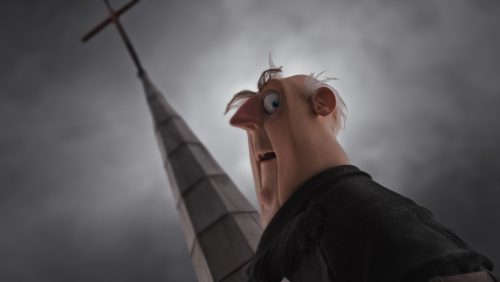
Download
Loading...
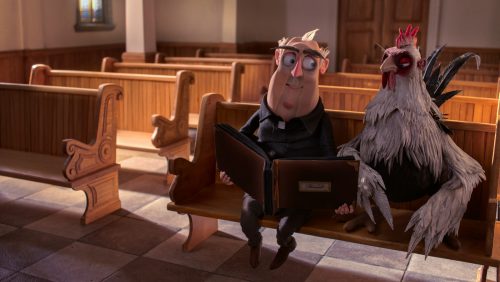
Download
Loading...
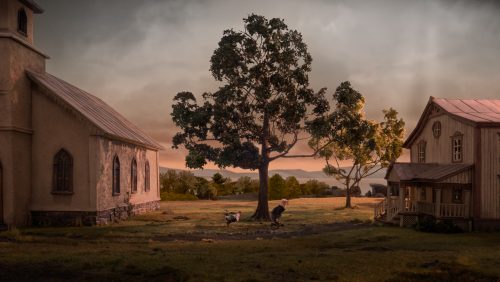
Download
Loading...
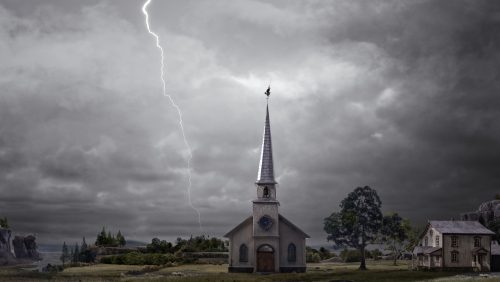
Download
Loading...
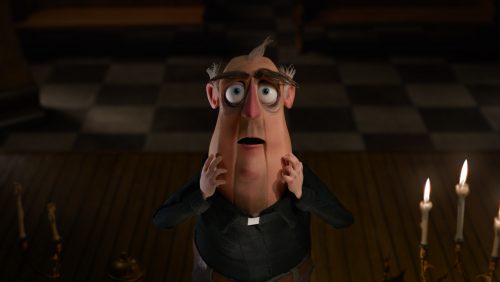
Download
Loading...
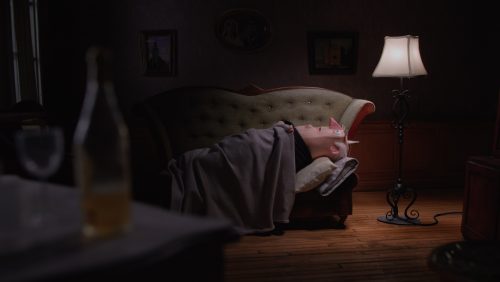
Download
Loading...
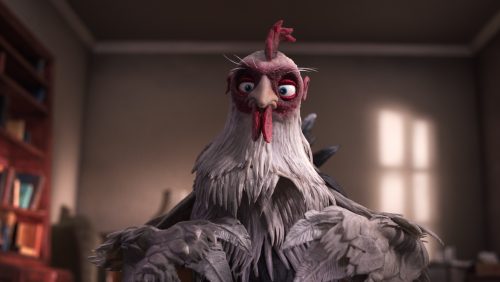
Download
Loading...
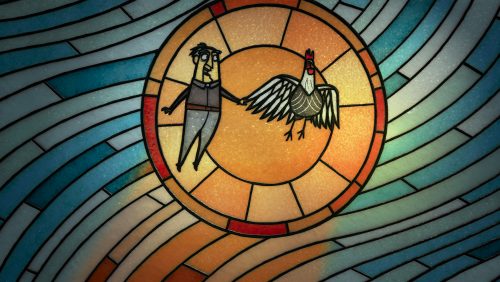
Download
Loading...
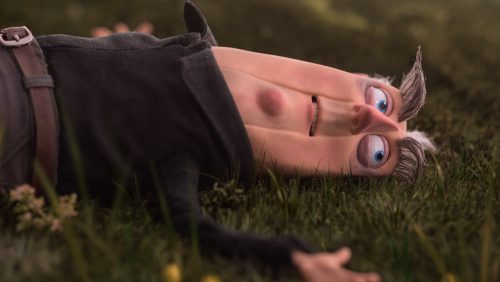
Download
Loading...
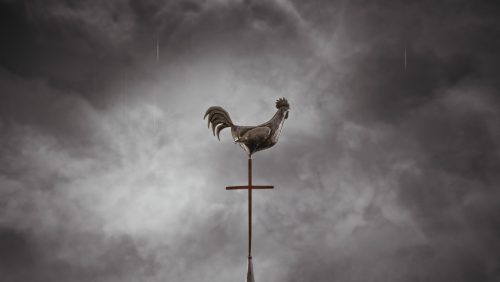
Download
Loading...
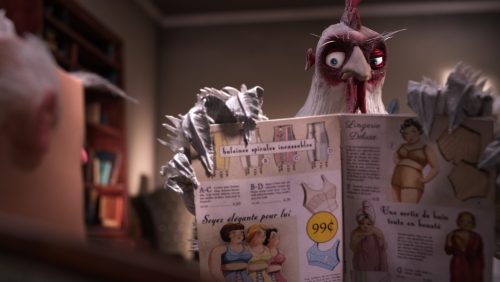
Download
Loading...
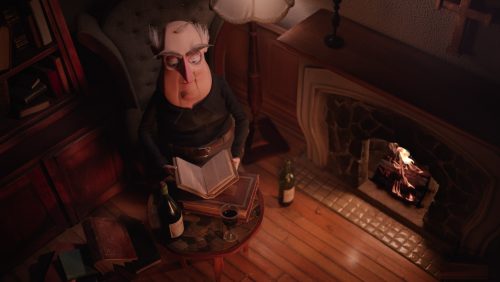
Download
Team
Jean-François Lévesque
Director
Photo
Julie Roy
Executive Producer (NFB)
Photo
Credits
The National Film Board of Canada presents
With the participation of ARTE France
A film by
Jean-François Lévesque
Produced by
Julie Roy
Direction, Script, Animation, Design
Jean-François Lévesque
Props Fabrication, Illustrations, Set Finishing
Valérie Dupras
Director of Photography, Motion Control Operator
Stephan Ballard
Director of Photography, Lighting R&D
Mathieu Bergeron
Compositing
Mélanie O’Bomsawin
Jean-François Lévesque
Stephan Ballard
Brenda López Zepeda
Script Consultants
Géraldine Charbonneau
Michèle Tougas
Editing
Annie Jean
Sound Design
Olivier Calvert
Music Score
Robert Marcel Lepage
Assisted by
Samuel Desrosiers
Set & Stained Glass Design
Marie Bloch-Lainé
Set Construction
Bertrand Lévesque
Assisted by
Lorraine Demers
Puppet Maker, Mechanisms for Rooster Heads
Brenda Baumgarten
Mechanisms & Skin for Barnabé Heads
Jim Randall
Armature Fabrication
Erik Goulet
Hamish Lambert
Assisted by
Marie Valade
Costume Fabrication
Allison Easson
Additional Props
Dominique Leroux
Puppet Repairs
Valérie Dupras
André Michaud
Carla Veldman
Stop-Motion Animation
Jean-François Lévesque
Valérie Dupras
Patrick Bouchard
Watercolour Animation
Adrien Calle
Catherine Manesse
Watercolour Painting
Valérie Dupras
Jean-François Lévesque
Live-Action Shoot
Stephan Ballard
Yannick Grandmont
Jean-François Lévesque
3D Modeling, Characters
Jean-François Lévesque
Valérie Dupras
Singers
Marie Magistry
Bronwyn Thies-Thompson
Rebecca Bain
Angèle Trudeau
Josée Lalonde
Ghislaine Deschambault
Kerry Bursey
Marcel de Hêtre
Arthur Tanguay-Labrosse
Normand Richard
Yves St-Amant
William Kraushaar
Recording Studios
Tone Studio
Studio 270
Foley
Lise Wedlock
Voice
Marcel Sabourin
Voice Direction
Manon Arsenault
Recording
Geoffrey Mitchell
Mix
Isabelle Lussier
Online Editors
Serge Verreault
Technical Directors
Eloi Champagne
Eric Pouliot
Technical Specialist – Animation
Yannick Grandmont
Technical Coordinator
Jean-François Laprise
Titles
Réjean Myette
Marketing
Geneviève Bérard
Administration
Diane Régimbald
Karine Desmeules
Senior Production Coordinator
Camila Blos
Studio Coordinators
Michèle Labelle
Laetitia Seguin
Production Coordinator
Mélanie O’Bomsawin
Associate Producers
Anne-Marie Bousquet
Jocelyne Perrier
Mylène Augustin
Producer
Julie Roy
Thanks to
Annie Jean
Élodie Ponçon
Jean-Yves Blaquière
Luc Ostiguy
Luce Des Aulniers
Pierre M. Trudeau
Sylvie Trouvé
Keyu Chen
Yannick Grandmont
With the participation of ARTE France
Cinema Department
Short Film Program Manager: Hélène Vayssières
ARTE
With the cooperation of
ARTV
I, Barnabé
Animation Studio
French Programming and Production
Creation and Innovation
www.nfb.ca
© 2020 National Film Board of Canada
-
About the NFB
The National Film Board of Canada (NFB) is a leader in exploring animation as an artform, a storytelling medium and innovative content for emerging platforms. It produces trailblazing animated works both in its Montreal studios and across the country, and it works with many of the world’s leading creators on international co-productions. NFB productions have won more than 7,000 awards, including seven Oscars for NFB animation and seven grand prizes at the Annecy festival. To access this unique content, visit NFB.ca.
Media Relations